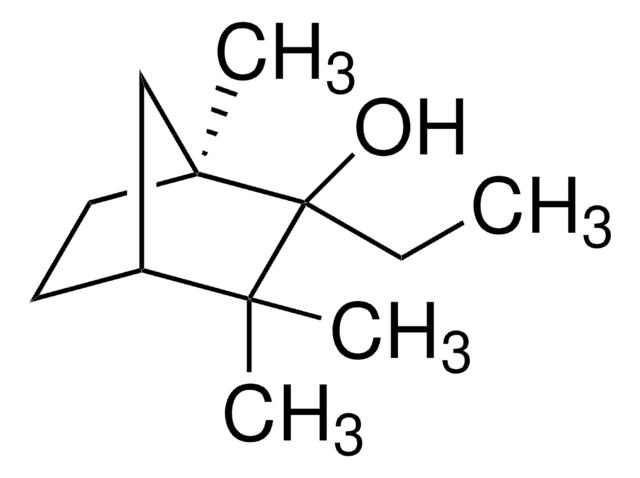W310727
Vanillin
natural, ≥97%, FCC, FG
Synonym(s):
4-Hydroxy-3-methoxybenzaldehyde, Vanillic aldehyde
Select a Size
Select a Size
About This Item
Halal
Kosher
natural
Recommended Products
grade
FG
Halal
Kosher
natural
Quality Level
agency
meets purity specifications of JECFA
reg. compliance
EU Regulation 1334/2008 & 178/2002
FCC
FDA 21 CFR 182.60
FDA 21 CFR 182.90
vapor density
5.3 (vs air)
vapor pressure
>0.01 mmHg ( 25 °C)
assay
≥97%
form
powder
greener alternative product characteristics
Less Hazardous Chemical Syntheses
Use of Renewable Feedstocks
Learn more about the Principles of Green Chemistry.
sustainability
Greener Alternative Product
Looking for similar products? Visit Product Comparison Guide
General description
Other Notes
signalword
Warning
hcodes
Hazard Classifications
Eye Irrit. 2
Storage Class
11 - Combustible Solids
wgk_germany
WGK 1
flash_point_f
319.6 - 321.4 °F - closed cup
flash_point_c
159.8 - 160.8 °C - closed cup
ppe
dust mask type N95 (US), Eyeshields, Gloves
Choose from one of the most recent versions:
Already Own This Product?
Find documentation for the products that you have recently purchased in the Document Library.
Customers Also Viewed
Our team of scientists has experience in all areas of research including Life Science, Material Science, Chemical Synthesis, Chromatography, Analytical and many others.
Contact Technical Service











